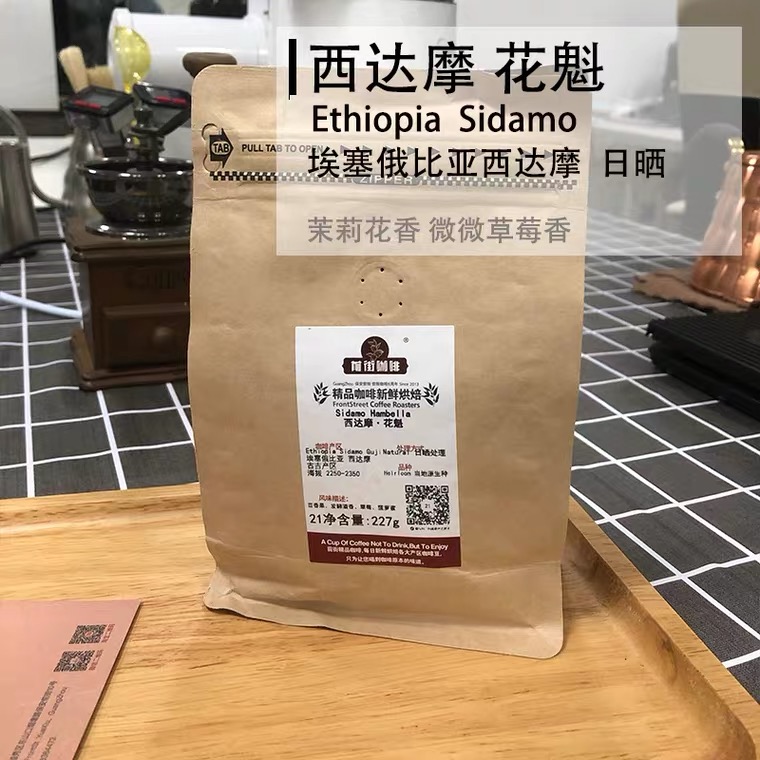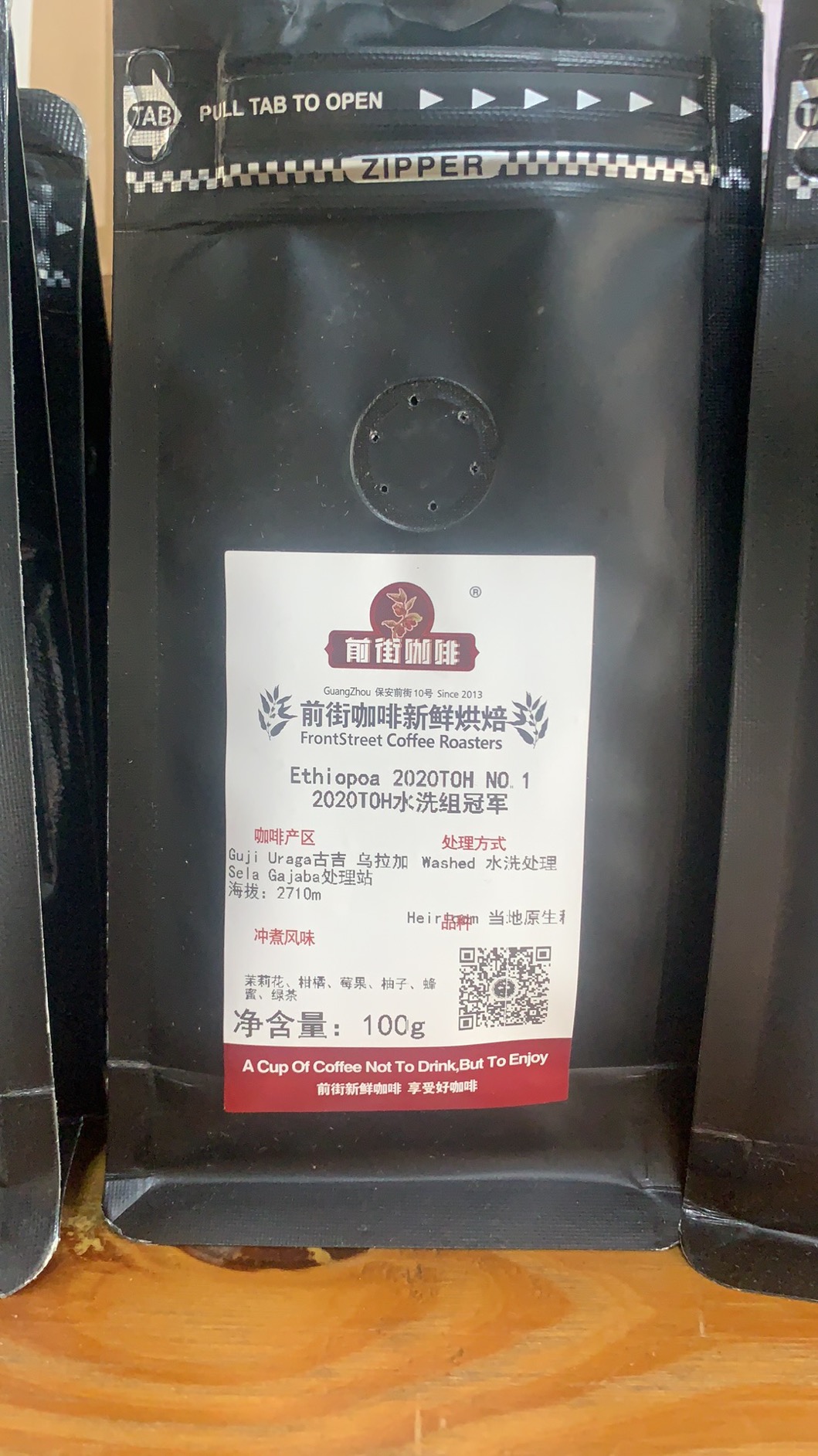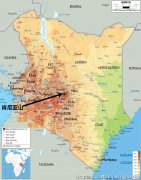Ethiopian boutique coffee producing area Yega Xuefei and Sidamo introduce the brewing techniques and taste characteristics of Huakui coffee beans.
Due to the large area and complex social situation of coffee producing areas in Ethiopia, the coffee producing areas have always given people a very chaotic feeling. As a novice coffee rookie, it is very difficult to trace the coffee producing areas and understand the specific information of each producing area. Next, Qianjie Coffee will briefly introduce Ethiopia, a big coffee country. Although Ethiopian officials have registered only three coffee producing areas, namely, Yirgacheffe, Sidamo and Harrar. But it also has several other common coffee producing areas. We also have many common producing areas, such as Guji, Limu, Bench Maji, etc., which are also coffee producing areas; and Kochere, Konga, and Shaquiso to facilitate the exploration of Ethiopian coffee, Trabocca organically combines administrative divisions with coffee growing areas on a single map, simple and clear. Yirgacheffe: Yega is one of the three official producing areas of Ethiopia, so there is no need to introduce it too much. He has three by-product areas: Kochel, Jinleina Ambaya and Waka. Sidamo Sidamo: Sidamo is also one of the three official producing areas of Ethiopia. He is a very large coffee producing area. Among them, Guji is very famous. in recent years, the coffee in Guji producing area has become more and more delicious and has been paid more and more attention by practitioners and enthusiasts, so many trading companies regard Guji producing area as a separate producing area. Humbela, Shaquiso and Uraga coffee from Gucci are all popular in the market now. Next, let's take a look at Qianjie Coffee. First, let's take a look at Humbera Coffee. When it comes to Humbela, I have to say Sakuran. In 2017, a sun-dried bean from DW's "Buku Abel" processing plant won the TOH championship, and Chinese raw bean importers named the bean Sakuran, which at that time had a strong strawberry and cream aroma. Subsequently, DW increased the number of manor processing plants in Dimtu, the core production area of Humbera Hambella, to four, namely "Buku Abel", "Buku Saysay", "Haro Soresa" and "Tirtiro Goye", with an annual output of about 1100 tons of coffee. In all these estates and processing plants, strictly speaking, only the sun-cured coffee from the "Buku Abel" processing plant is called "Sakuran coffee beans".
Qianjie Coffee Ethiopia Sakuran G1
Producing area: Gujinhambela
Processing plant: Buku Able
Altitude: 2250-2350 m
Variety: native species
Grade: G1
Treatment: insolation
Flavor: strawberry, passion fruit, berry, pineapple, cream, nut

In addition to Humbela, Gucci has excellent Shakiso coffee. Shakisuo is a popular micro-production area in Guji area! Shaquiso is located in the southeast of Yega Xuefei, with an average elevation of more than 1800 meters, fertile soil and a large temperature difference between day and night, which make it possible for the local area to produce high-quality coffee.
Ethiopia Uraga G1
Country: Ethiopia Ethiopia
Producing area: Sidamo Wulaga Uraga Sidamo
Variety: Heirloom native species
Treatment: washing
Altitude: 1800m
Flavor: lemon, apple, citrus, grape

This coffee bean comes from the sub-production area of Wulaga (Uraga), which is a well-known production area in Ethiopia. Wulaga is a sub-producing area in the Guji producing area, with an altitude of 2300m. Although the town of Wulaga is located in the Guji producing area, it is geographically closer to the high mountain area of Yega Xuefei at an altitude of 2200m. The geology of this area belongs to the nutrient-rich black soil (Vertisol), and the high-altitude topography creates the rich fruit flavor of Wulaga.
Jinma and Lim are relatively well-known coffee producing areas, comparable to Sidamo Coffee. Everyone should have heard of the Rose Summer Village Manor (Gesha Village Coffee Estate) in the Bebeca producing area. In addition, there are other producing areas such as Kafa Kaffa, Tiebi Tepi, Godley Godere and so on.
Important Notice :
前街咖啡 FrontStreet Coffee has moved to new addredd:
FrontStreet Coffee Address: 315,Donghua East Road,GuangZhou
Tel:020 38364473
- Prev

What are the unique flavor and taste characteristics of Ethiopian coffee beans in Ethiopia?
Yega Xuefei (boutique producing area): 1800-2000 meters above sea level | Pastoral Coffee system | Yega Xuefei is affiliated to the Sidamo producing area, so it is separated separately because of its unique flavor. In addition to the small town of Yega Xuefei, it also includes three by-product areas around Wenago, Kochere, Gelena and Abaya. It happens to be on the edge of the East African Rift Valley, and the terrain is complex. From
- Next

Characteristics of flavor and taste of Asalia coffee beans according to the grading standard of Kenyan coffee beans
African beans Kenyan coffee African beans in addition to Ethiopia, Kenyan coffee has to be mentioned. The equator of Kenya runs from east to west, and the Great Rift Valley of East Africa runs from north to south. It is bordered by Somalia to the east, the Indian Ocean to the southeast, Tanzania to the south, Uganda to the west, South Sudan to the northwest and Ethiopia to the north. From east to west, altitude
Related
- Detailed explanation of Jadeite planting Land in Panamanian Jadeite Manor introduction to the grading system of Jadeite competitive bidding, Red bid, Green bid and Rose Summer
- Story of Coffee planting in Brenka region of Costa Rica Stonehenge Manor anaerobic heavy honey treatment of flavor mouth
- What's on the barrel of Blue Mountain Coffee beans?
- Can American coffee also pull flowers? How to use hot American style to pull out a good-looking pattern?
- Can you make a cold extract with coffee beans? What is the right proportion for cold-extracted coffee formula?
- Indonesian PWN Gold Mandrine Coffee Origin Features Flavor How to Chong? Mandolin coffee is American.
- A brief introduction to the flavor characteristics of Brazilian yellow bourbon coffee beans
- What is the effect of different water quality on the flavor of cold-extracted coffee? What kind of water is best for brewing coffee?
- Why do you think of Rose Summer whenever you mention Panamanian coffee?
- Introduction to the characteristics of authentic blue mountain coffee bean producing areas? What is the CIB Coffee Authority in Jamaica?

